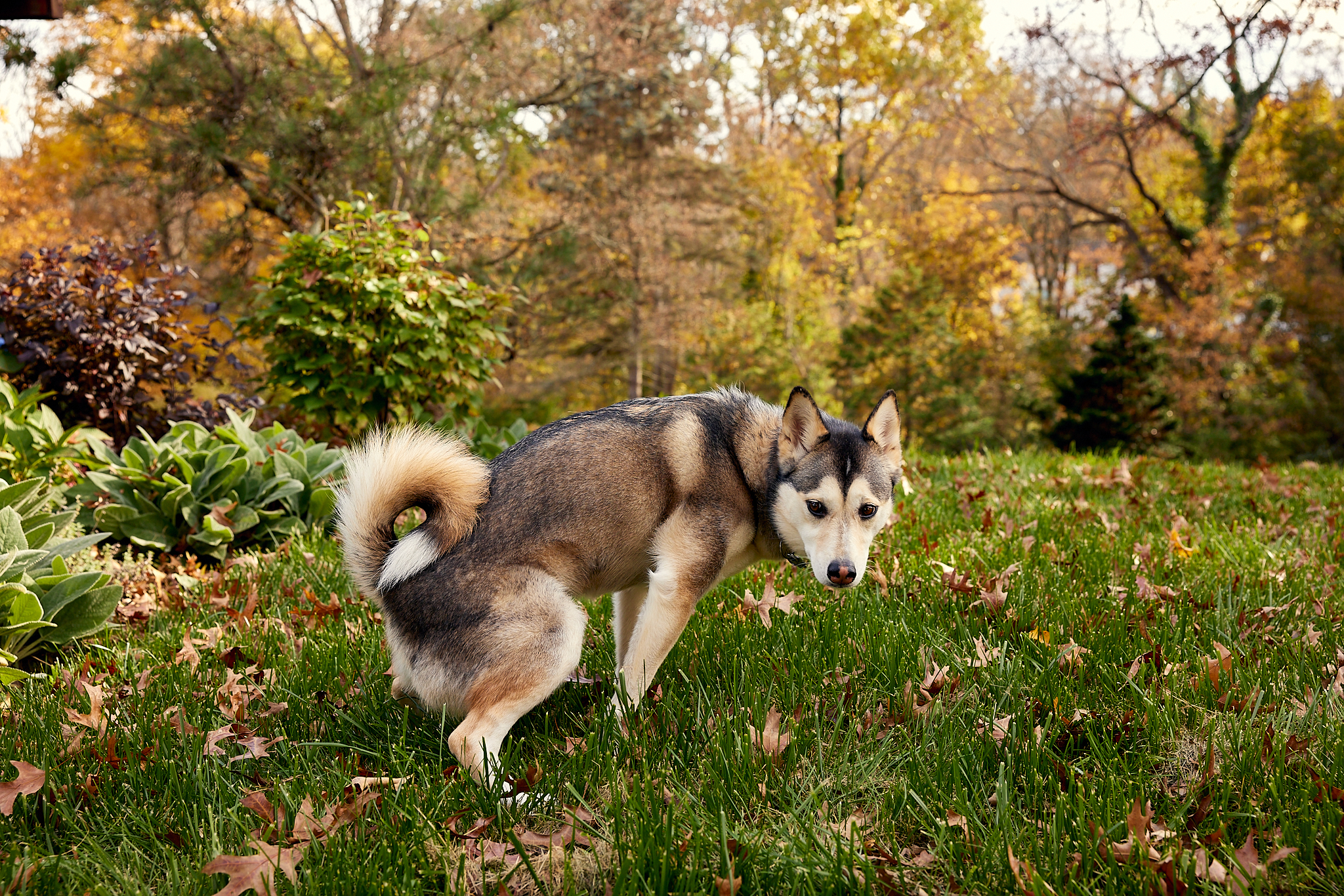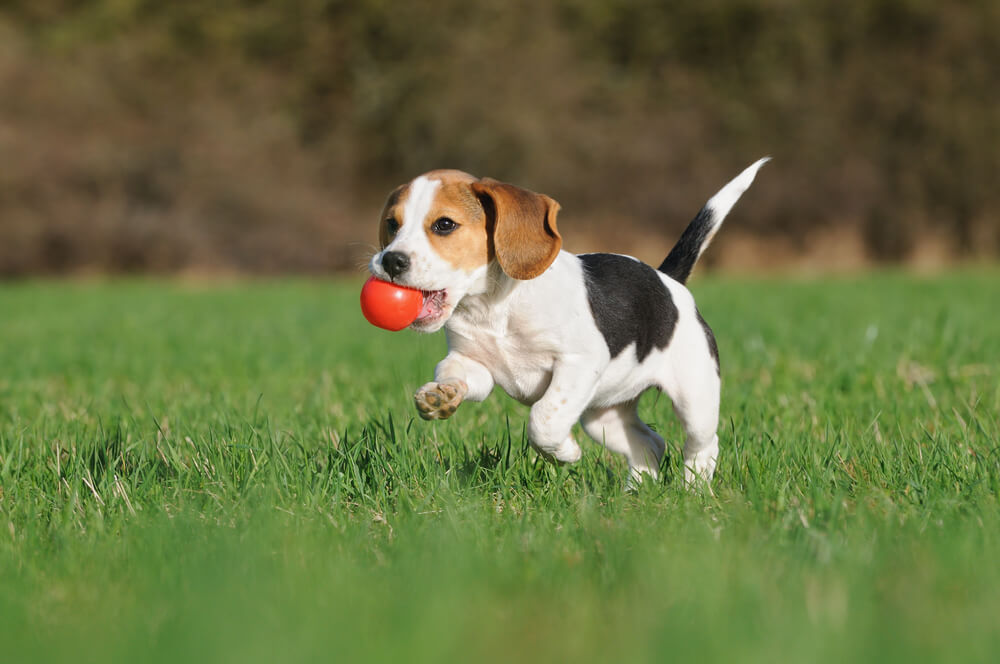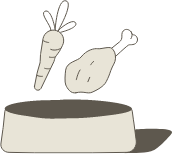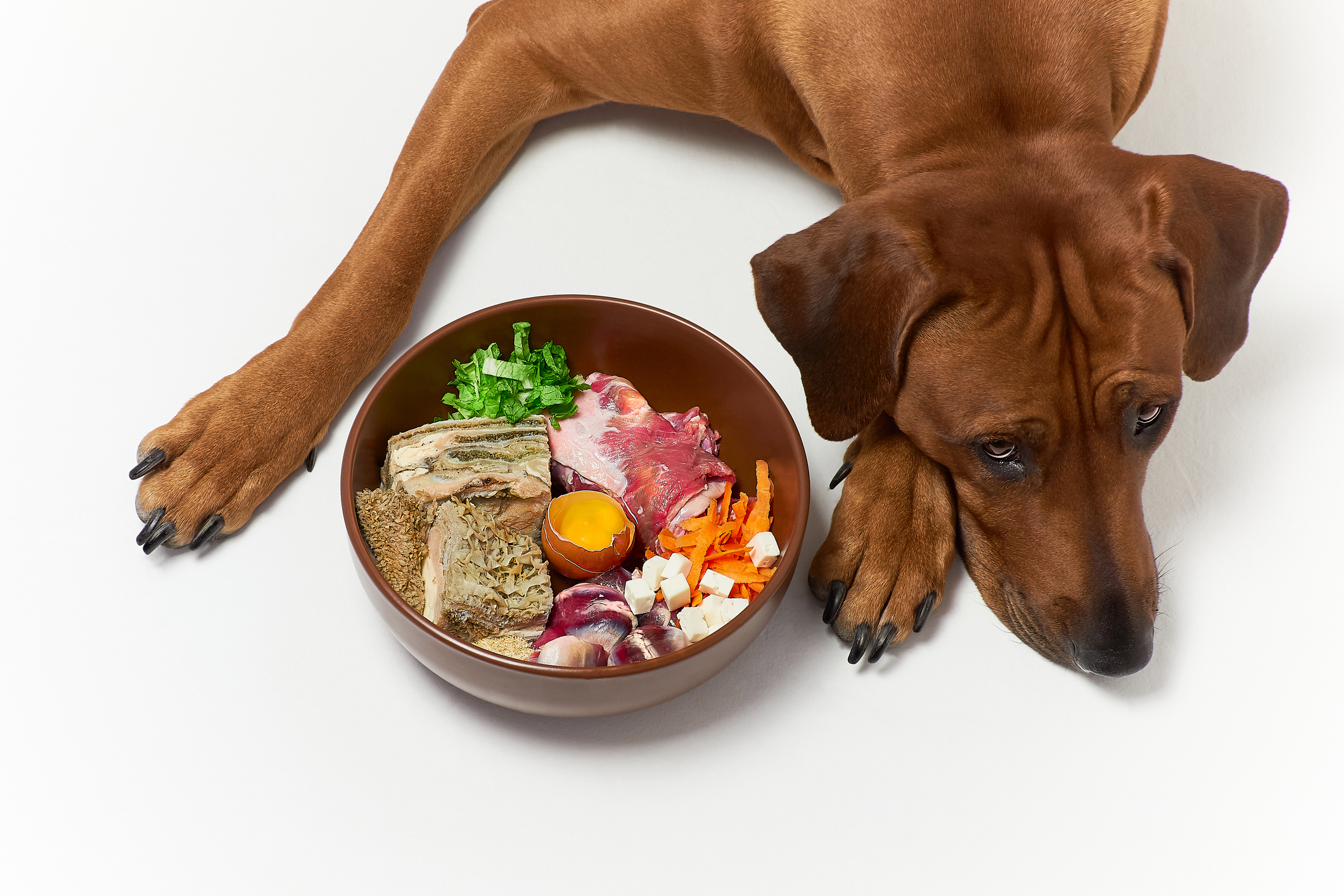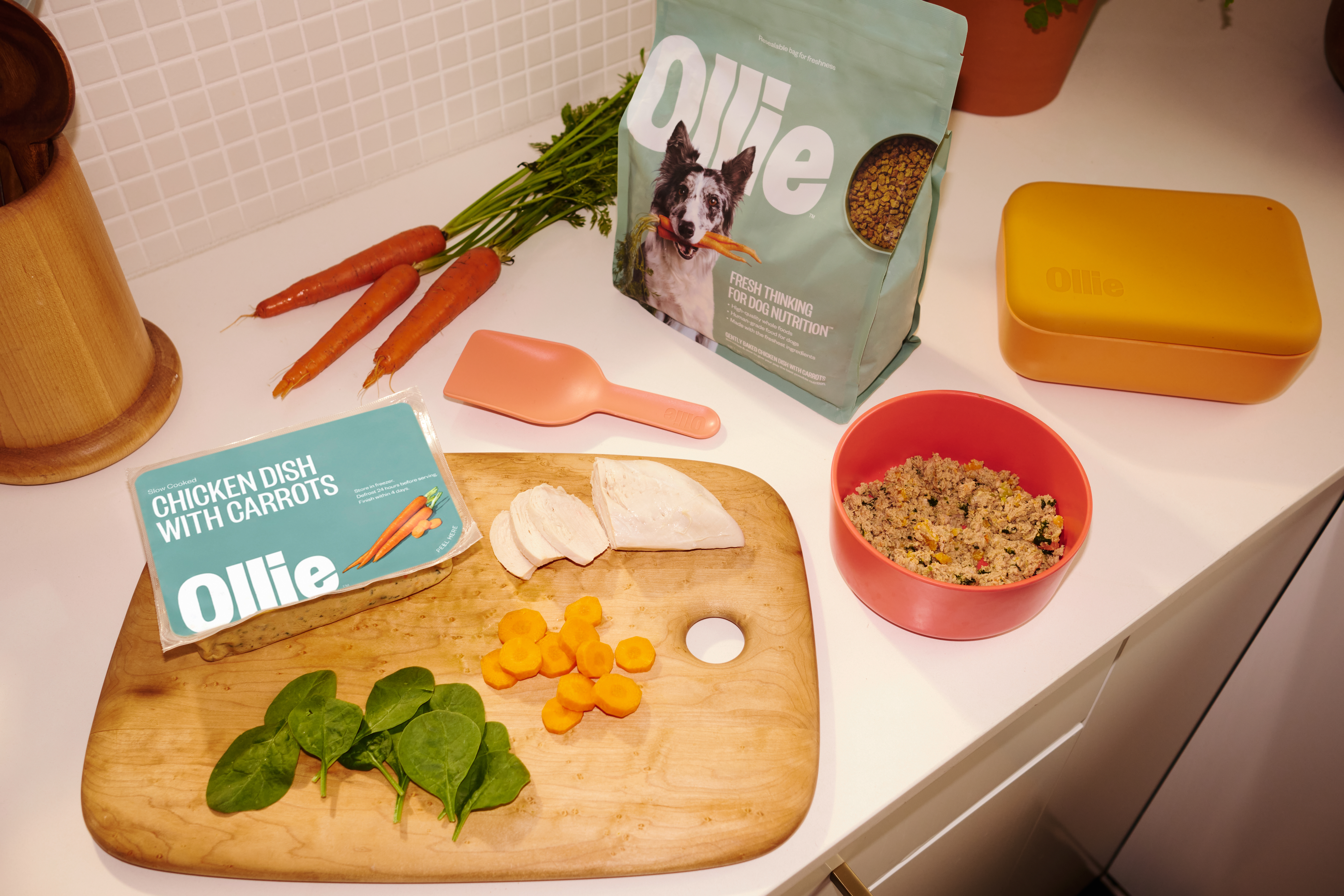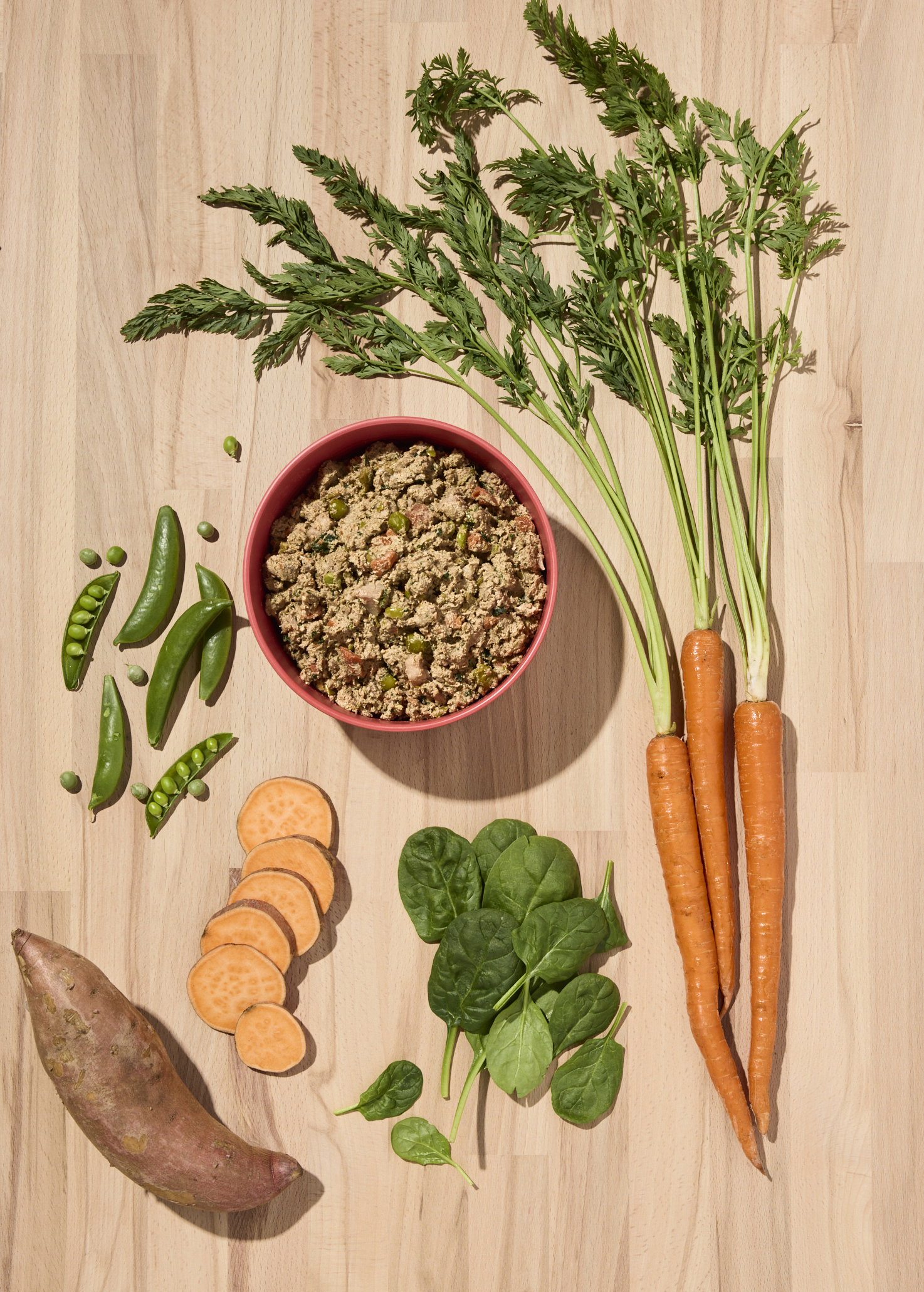Hey Ollie blog readers! We’re offering you an exclusive 60% OFF your starter box! Try now!
As a pup parent, you’re likely very familiar with your dog’s bathroom habits. While it may not be the most glamorous part of taking care of your pup, a dog’s stool can be one of the most direct indicators of their internal health. That said, the secret to achieving perfect poops may be what goes into their bowl.
In this article, we’ll explore the science behind why a fresh, whole-ingredient diet can lead to better digestion, firmer stools, and a healthier, happier dog from the inside out.
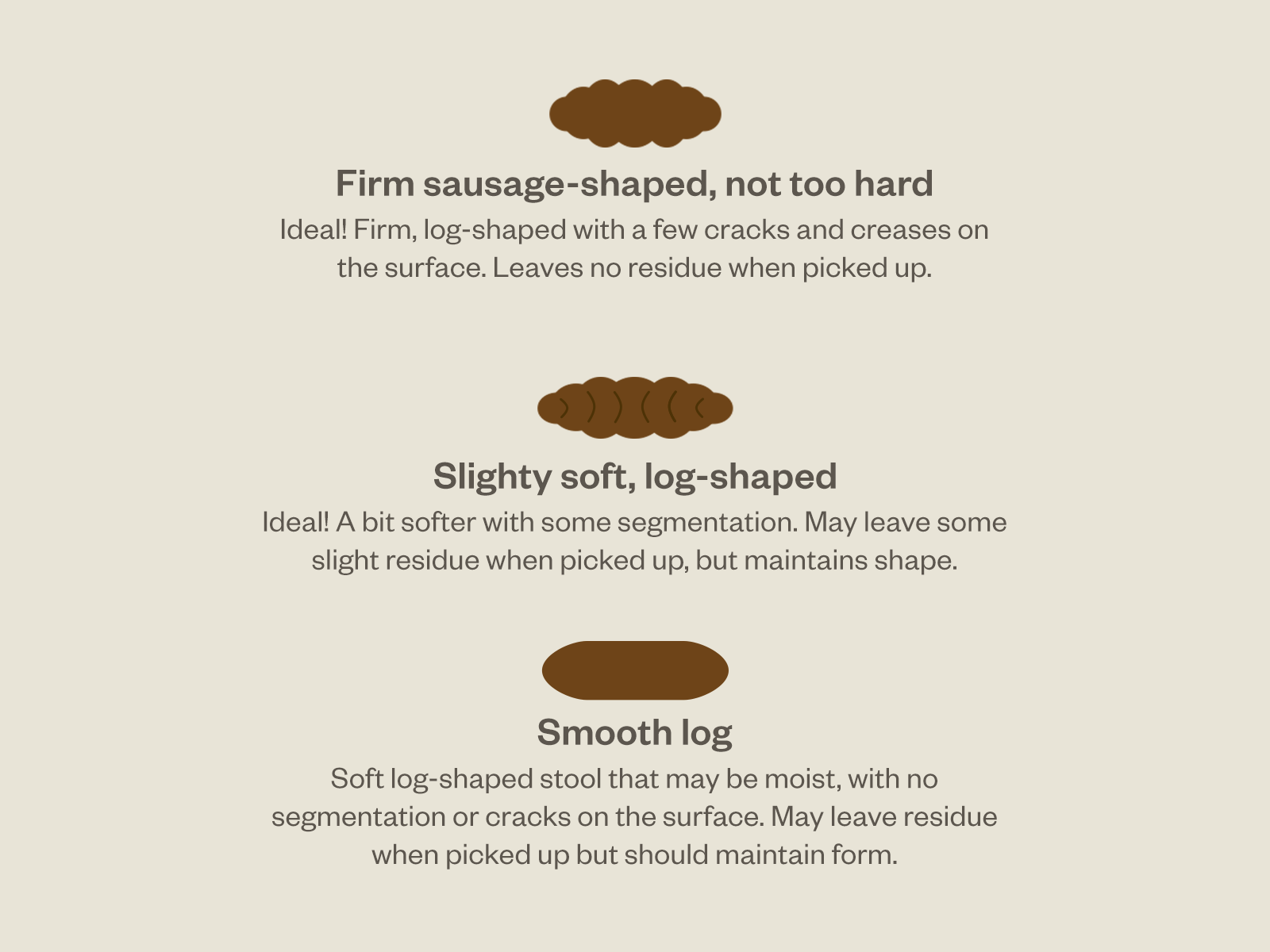
What Makes a “Perfect” Poop?
Before we dive into the food, let’s define what we’re aiming for. Veterinarians often refer to the “Four Cs” when evaluating stool quality:
- Color: A healthy poop should be a consistent chocolate-brown color.
- Consistency: It should be firm and log-shaped, easy to pick up without leaving a residue.
- Content: It should be free of foreign objects, mucus, or worms.
- Coating: A healthy stool shouldn’t have any coating or film, like mucus.
Consistently achieving these qualities is a strong sign that your dog’s digestive system is functioning optimally.
The Science of Digestion: Fresh Food vs. Kibble
The difference between fresh food and highly processed kibble starts at a microscopic level, impacting how your dog’s body absorbs and uses nutrients.
The Power of High Digestibility
Digestibility refers to the percentage of nutrients your dog’s body can absorb from their food. The higher the digestibility, the more nutrition they get and the less waste they produce.
Research shows that fresh, human-grade dog food is generally more digestible than conventional kibble. For example, a study from the University of Illinois found that dogs fed a fresh diet absorbed more than 85% of essential amino acids[1].
What does this mean for your dog’s poop?
- Smaller Volume: Because your dog’s body is using more of the food, there is simply less waste to excrete[1].
- Firmer Stools: High-quality, digestible ingredients lead to better-formed, firmer stools that are easier to manage.
Minimally Processed for Maximum Nutrition
Most dry kibble is produced through a high-heat, high-pressure process called extrusion. While this makes the food shelf-stable, it can degrade essential nutrients. Fresh food, on the other hand, is minimally processed and gently cooked. This method helps preserve the integrity of the ingredients, including:
- Vitamins and Minerals: Heat-sensitive nutrients like B vitamins are better retained in gently cooked food.
- Natural Enzymes: Minimally processed ingredients may retain more natural enzymes that support cellular health.
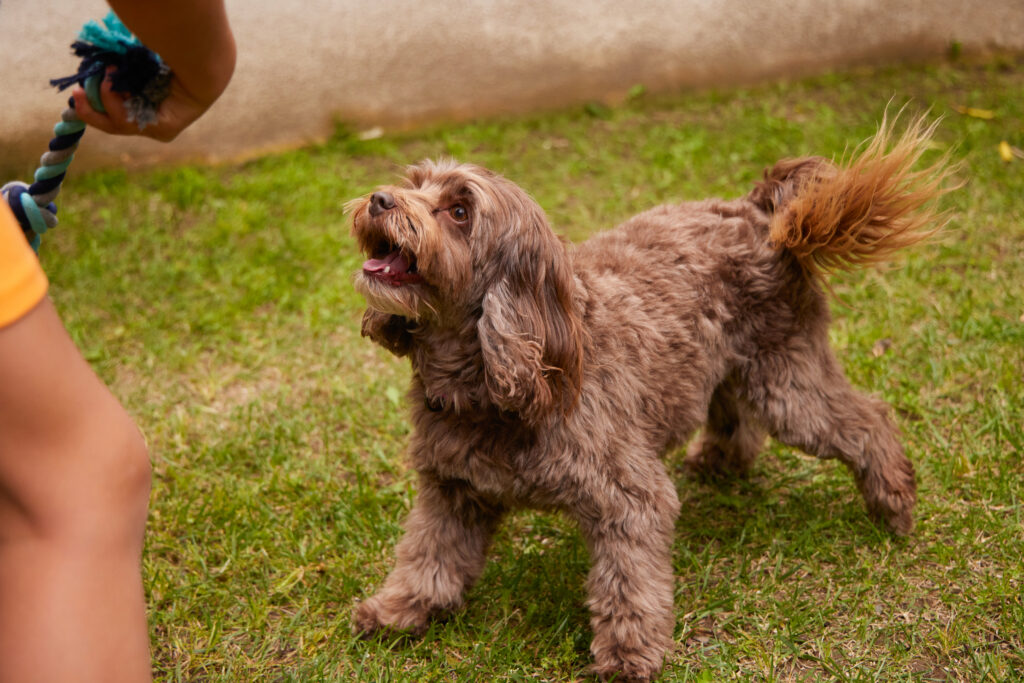
Beyond Poop: The Widespread Benefits of a Fresh Diet
Perfect poops are just the beginning. The benefits of a fresh diet extend to nearly every aspect of your dog’s health.
A Healthier Gut Microbiome
A balanced gut microbiome—the community of trillions of bacteria in the digestive tract—is crucial for health. Studies show that mildly cooked, human-grade diets can alter the fecal microbiome, increasing the diversity of beneficial bacteria and reducing markers of inflammation[2].
Improved Skin and Coat
A healthy gut often translates to healthy skin. Fresh diets rich in omega-3 and omega-6 fatty acids from whole ingredients can improve coat quality, making it shinier and softer. Furthermore, research has found that dogs fed a fresh diet have a more diverse skin microbiome, which is associated with better skin resilience and overall health[3].
Healthy Weight and Increased Energy
Fresh food recipes are built around high-quality protein and vegetables, avoiding the cheap fillers and excess starches common in some commercial foods. This helps your dog maintain a healthy weight. The high-quality protein also provides sustained energy for exercise and muscle support.
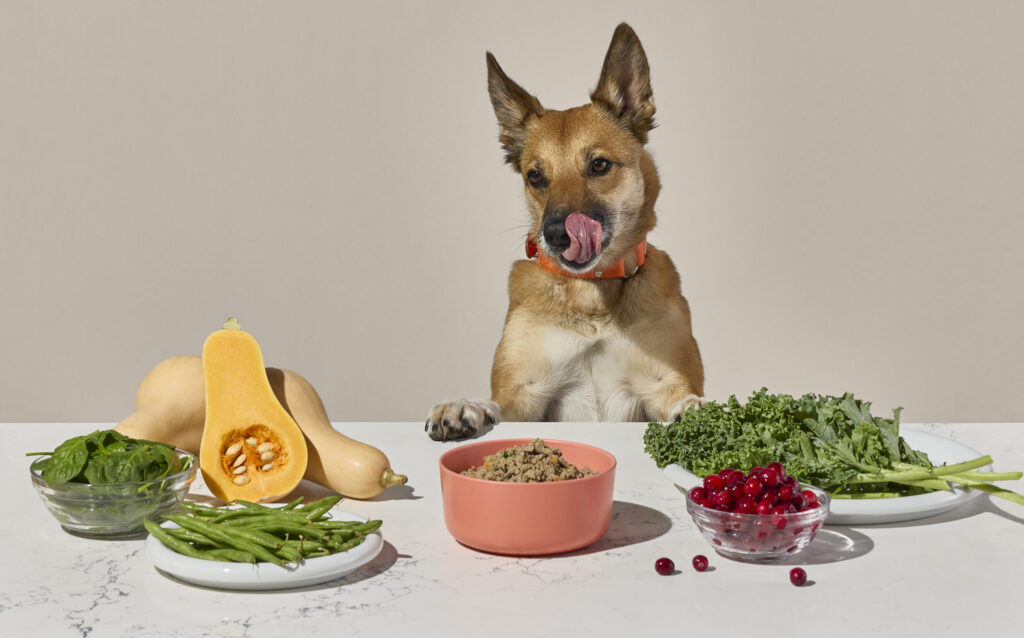
Making the Switch to Fresh Food Safely
The benefits of fresh food are clear, but it’s crucial to ensure the diet is nutritionally sound. Homemade fresh diets run the risk of being nutritionally imbalanced if not formulated correctly[4]. A diet lacking essential vitamins and minerals can cause health problems over time.
Commercially prepared fresh foods that are formulated with veterinary nutritionists and meet AAFCO standards can provide balanced nutrition and reduce the risks associated with homemade diets[5].
Conclusion: A Healthier Dog from the Inside Out
Your dog’s poop is more than just waste; it’s a window into their health. By switching to a fresh, whole-food diet, you are providing them with highly digestible, nutrient-dense meals that support optimal gut health. The result is not only the perfect poop but also a host of other benefits, from a shinier coat to a longer, healthier life. Investing in your dog’s nutrition is one of the best things you can do for their long-term well-being.
Ready to make the switch? Get perfect poops with Ollie.
Frequently Asked Questions (FAQs)
Is fresh dog food really better than kibble?
While high-quality kibble exists, fresh food offers distinct advantages due to its high digestibility, minimal processing, and use of whole, human-grade ingredients. The gentle cooking process preserves more nutrients compared to the high-heat extrusion used for kibble, leading to better nutrient absorption and overall health benefits[1].
Why are my dog’s poops smaller on a fresh food diet?
Smaller poops are a good sign! It means your dog’s body is absorbing and utilizing more of the nutrients from their food. Because fresh food is highly digestible, there is less indigestible material to pass as waste[1].
Is fresh dog food safe?
Yes, when sourced from a reputable company. Commercially prepared fresh food made in human-grade kitchens under strict safety protocols mitigates the risks of foodborne illness or nutritional imbalances that can be a concern with raw or improperly prepared homemade diets[4].
How do I transition my dog to a fresh food diet?
A gradual transition is key to avoiding digestive upset. Start by mixing a small amount of the new fresh food (about 25%) with their old food (75%). Over 7–10 days, gradually increase the proportion of fresh food until you have fully transitioned.
Is fresh food worth the higher cost?
Many pet parents view the higher cost of fresh food as an investment in their dog’s long-term health. The potential for improved overall health may lead to fewer vet visits for chronic issues like allergies, skin problems, and digestive upset down the road.
Citations
- [1] https://aces.illinois.edu/news/first-study-human-grade-dog-food-says-whole-fresh-food-highly-digestible
- [2] https://pmc.ncbi.nlm.nih.gov/articles/PMC9527297/
- [3] https://pmc.ncbi.nlm.nih.gov/articles/PMC9329806/
- [4] https://www.petmd.com/dog/nutrition/pros-and-cons-fresh-dog-food
- [5] https://www.frontiersin.org/journals/animal-science/articles/10.3389/fanim.2025.1506003/full
Tagged As:
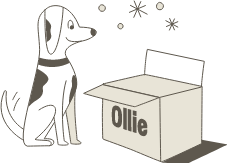
The nutrition your dog needs,
the food they want.

Enjoying our articles? Subscribe our Newsletters and get new articles directly to your inbox
You might also like
3 July 2025
5 MINS READ
Understanding the Risks of Raw Dog Food
When it comes to choosing the right diet for your dog, understanding the full picture is crucial for making an informed decision. In this article, we’ll dig deeper into what defines a raw diet, …
by Ollie Pets
3 July 2025
4 MINS READ
Understanding a Balanced Diet for Your Dog
As a dedicated pet parent, you want to provide the best for your dog, and that starts with their food bowl. We all understand the basics of a balanced diet for ourselves, but what does that look l…
by Ollie Pets
3 July 2025
6 MINS READ
Is Grain-Free Dog Food Right for Your Dog?
Finding a healthy dog food that meets your pup’s specific needs is crucial for your dog’s health and happiness. However, when it comes to including grains in your dog’s diet, the amount of deb…
by Ollie Pets
